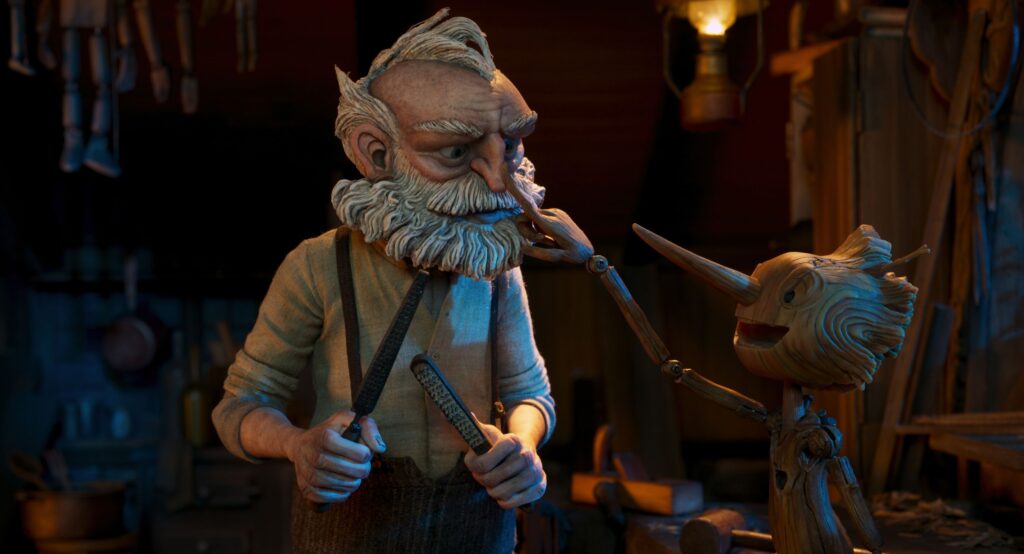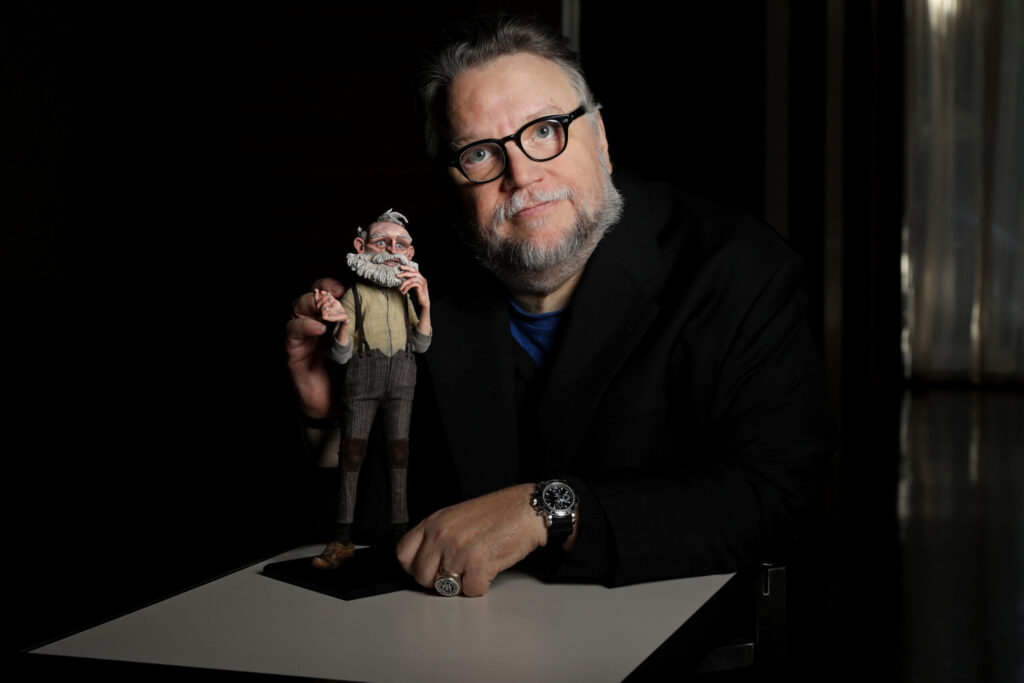[WARNING: This article contains spoilers]
Stop us if you’ve heard this one. During an argument, an old man accidentally throws his son in front of a truck. The truck strikes the child, and the child dies. He then wakes up in the underworld, has a brief chat with Death, then returns to life. While performing at a third-rate carnival the child insults Benito Mussolini, gets shot, and dies again. Once more, he speaks with Death and returns to life. He’s sent to an Italian Fascist Youth training camp, and while trying to escape, he’s caught in an explosion and – unsurprisingly – dies. He shares a more philosophical discussion with Death, then returns to the world to rescue his father from a creature that looks like the unholy union of Shamu and a beast from H.P. Lovecraft. In the process – you guessed it – he dies.

But this time, he’s permanently returned to Earth, where he lives an unnaturally long life and watches everything and everyone he cares about… die. Without question, this is not the Pinocchio story you grew up with. This is Pinocchio as filtered through the gothic and fantastical mind of Guillermo del Toro.
What Guillermo Del Toro’s Pinocchio Can Teach Aspiring Visual Storytellers
Del Toro, known for award-winning films like Pan’s Labyrinth (2006) and The Shape of Water (2017), takes the original tale as told by author Carlo Collodi, kicks it ahead a few decades into the thick of Italian fascism, and turns it into a thoughtful if mournful meditation on life, death, fatherhood, and childhood innocence. The result is a stunningly realized piece of animation that has already won the Golden Globe for Best Animated Feature and is nominated for an Oscar in the same category. It’s certainly not what you get “when you wish upon a star,” but it blazes new trails of visual storytelling that will be talked about for years to come.
Here we will discuss some of the many lessons contained within its runtime that will benefit the next generation of filmmakers.
Never Be Afraid To Explore New Ways To Tell A Story
Stop-motion animation is not a new technique. The way Guillermo del Toro’s Pinocchio employs it, however, is. Over 60 crews worked simultaneously for 1000 days to painstakingly produce each frame of animation in the two-hour feature. Every day, they would subtly rearrange puppets, backdrops, props, lights, and cameras between each still to simulate bringing the immaculately crafted models to vivid reality. The result is a fluidity of motion that rivals the best 3D animated features, married to a texture and “lived-in” feel to Pinocchio’s imperfect world that leaps from the screen.
So good is the animation, that you aren’t simply told that Pinocchio has been given a soul by the Wood Sprite – you see it. Every character has a palpable inner life, and that accomplishment can be credited to the animators who carefully manipulated every aspect of each puppet between shots. Del Toro insisted on crediting the puppeteers as actors alongside the more famous voice talent because, with every furrowed brow or childlike grin, they too poured themselves into the characters. It’s a perfect union of story and storytelling that shows even a tale we think we know can be made new when handled with such careful craftsmanship.
Always Persevere With Your Passion Projects
If you believe in a story, then tell that story. Life will throw obstacles and roadblocks in your path, but you have to push through every single one because, in the end, the act of creation will be worth it. That mindset is what pushed del Toro to continue pursuing his vision for Pinocchio, even as he was met with extreme resistance at nearly every turn. He spent more than a decade trying to secure funding for the massive project, only to be rejected by every major studio he approached. “I would come in and I would say it’s about death and life and the rise of Mussolini,” del Toro said in an interview, “and they would validate my parking and send me on my merry way.”
But his determination paid off. As streaming giant Netflix has continued to grow the number of original productions they release each year, they finally provided del Toro with the money – and the confidence in his vision – to see his longtime dream come true. The lesson is clear – if your story is worth telling, get it told – no matter how long it takes.
The Way A Story Is Told Can Be A Story Unto Itself
The making of Francis Ford Coppola’s Apocalypse Now (1979) was such a disaster of a shoot it inspired the documentary Hearts of Darkness: A Filmmaker’s Apocalypse (1991) to chronicle all the extraordinary difficulties the production faced. Similarly, the catastrophe that is Tommy Wiseau’s The Room (2003) became fodder for fictional comedy in The Disaster Artist (2017). Sometimes, everything that goes into making a film can be an entertaining and illuminating story.

Guillermo del Toro’s Pinocchio is no exception. There was such passion, craftsmanship, and dedication fused into every frame of the film that Netflix also commissioned a companion documentary, Guillermo del Toro’s Pinocchio: Handcarved Cinema to showcase the extraordinary efforts that made the movie possible. There’s even an exhibit at the Museum of Modern Art showing off the master puppetry on display. As you look to tell your own stories, never forget to document the process, whether through stills, journals, or film footage – as there is as much to be learned from watching the process of creation as there is from the act itself.
Begin Your Visual Storytelling Journey At NYFA
Visual storytelling – be it through film, animation, video games, or VR – is a powerful medium, as it engages the sense we use most to experience the world – the sense of sight – to craft a more urgent connection to that within each of us that seeks art. That’s why, through our 3D Animation & Visual Effects school, the New York Film Academy is committed to nurturing future storytellers and helping them discover their voice – and their vision. Your story deserves to be told – and we can help you tell it.
Also, a big shout out to our very own Tony Candelaria, (NYFA Los Angeles) who worked on Pinocchio! See his next project, Shape Island, for Apple TV+!